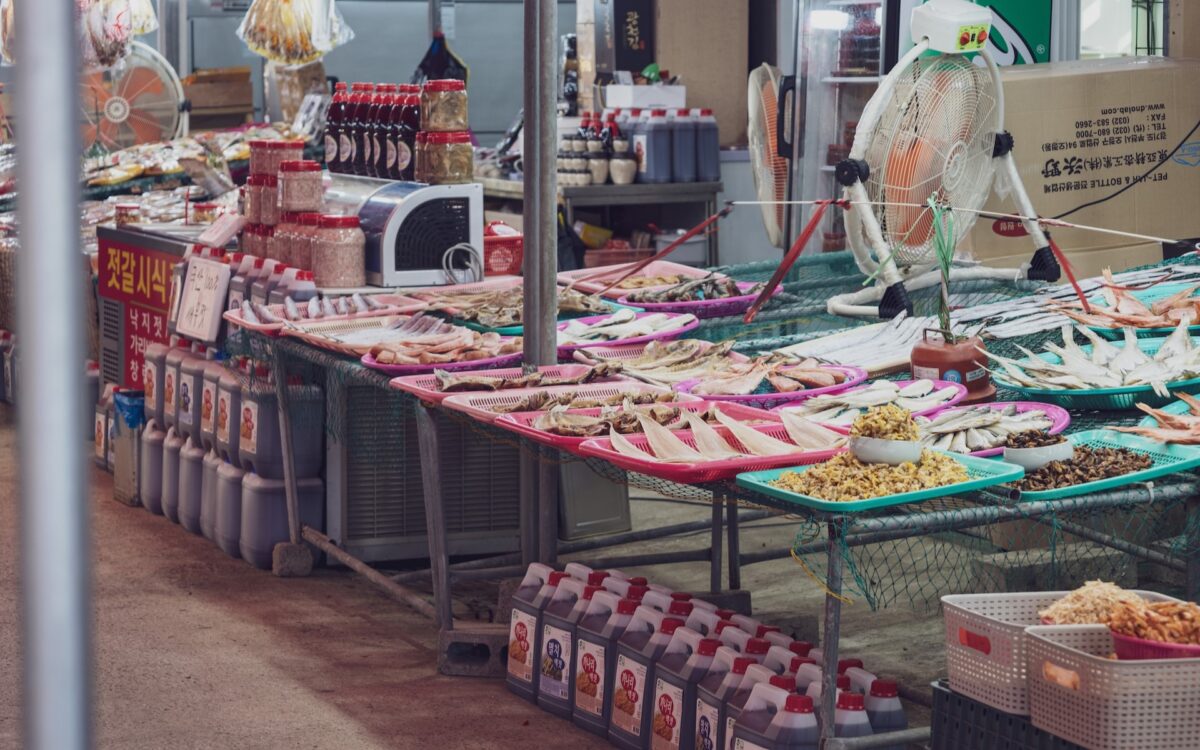Sustainability has become a crucial aspect of running a business, especially when it comes to the food industry. The seafood industry is no exception, with more and more consumers becoming conscious of the environmental impact of their food choices. As a fish store owner, it is important to take this into account when sourcing fish. In this article, we with our partner who make commercial roof in Vancouver will take a look at the factors to consider when sourcing fish for a store with solar panels on the roof, and the types of fish that are best to buy for such a store.
Factors to Consider When Sourcing Fish
When sourcing fish for a store with solar panels on the roof, there are several key factors to consider to ensure that the fish are of high quality, sustainable, and profitable. These include:
– Seasonality and availability: Fish that are caught or farmed during their peak season will be fresher and of higher quality than those that are caught or farmed out of season. In addition, sourcing fish that are available locally or regionally can reduce the environmental impact of transportation.
– Environmental impact and sustainability: It is important to source fish from suppliers that use sustainable and responsible fishing or farming practices. This can include looking for certifications such as the Marine Stewardship Council (MSC) or Aquaculture Stewardship Council (ASC) that indicate that the fish were caught or farmed in an environmentally-friendly way.
– Quality and freshness: The fish should be of high quality and as fresh as possible to ensure customer satisfaction. This can be achieved by sourcing fish that are caught or farmed locally or regionally, as well as by building relationships with suppliers and regularly inspecting the fish to ensure that they meet the store’s quality standards.
– Cost and profitability: Fish should be sourced at a cost that is profitable for the store while still being able to offer a fair price to customers. This can involve negotiating with suppliers, looking for bulk discounts, or sourcing fish that are in high demand. It’s also important to take into account the costs of storing and maintaining the fish, such as refrigeration and packaging, in order to maintain profitability.
Types of Fish to Consider for a Fish Store with Solar Panels on the Roof
When it comes to sourcing fish for a store with solar panels on the roof, there are a number of options to consider. Some examples of locally and sustainably-sourced species that are well-suited to a solar-powered store include:
– Pacific salmon, such as sockeye, coho, and chinook, which are caught using sustainable methods in the Pacific Northwest.
– Shellfish, such as oysters, clams, and mussels, which are farmed using sustainable methods in the region.
– Sardines and anchovies, which are small, oily fish that are high in omega-3s and are often sustainably caught in the Pacific.
Farmed fish can also be a great option for a solar-powered store. For example:
– Tilapia, which is a freshwater fish that is easy to farm and can be raised on a diet of vegetable matter, reducing the environmental impact of their feed.
– Barramundi, which is a saltwater fish that is farmed in closed-containment systems, minimizing the impact on wild fish populations.
Popular and in-demand species such as halibut, cod, and tuna can also be sourced from sustainable and responsible fisheries. In addition, it is important to research and learn about the practices of the suppliers, as well as to look for certifications like the Marine Stewardship Council (MSC) or Aquaculture Stewardship Council (ASC) that ensure that the fish have been sustainably caught or farmed.
ALSO READ: Genetically Modified Salmon
Best Practices for Fish Selection and Sourcing
In order to provide the freshest, high-quality fish to your customers, it is crucial to implement effective strategies for fish selection and sourcing. This includes developing strong partnerships with reputable suppliers, implementing strict traceability and transparency protocols, implementing quality control measures, and promoting sustainable fishing practices. By following these best practices, you can ensure that your store is consistently providing the freshest, highest-quality fish to your customers while also supporting responsible and sustainable fishing methods.
Conclusion
In conclusion, it’s crucial to consider the environmental impact of your choices when sourcing fish for a store with solar panels on the roof. Local and sustainably-sourced species, farmed fish and aquaculture, and popular and in-demand species are all good options to consider. By adhering to best practices for fish selection and sourcing, and taking into account the factors discussed in this article, store owners can make informed decisions that will not only benefit their business but also contribute to a sustainable seafood industry.
